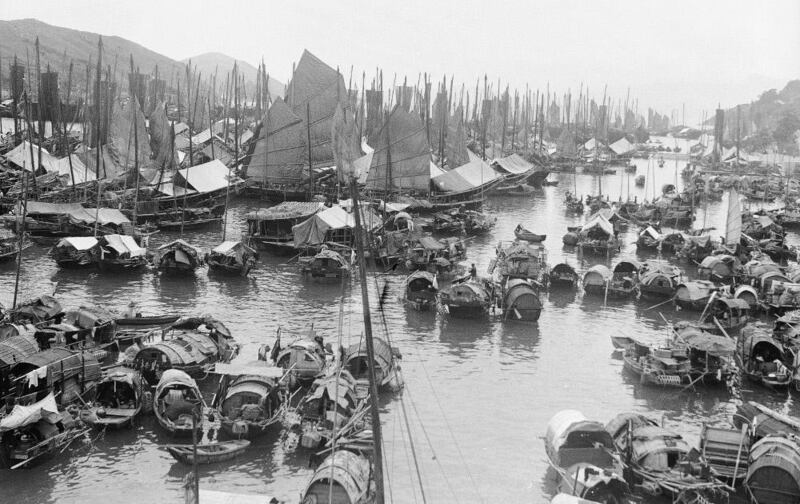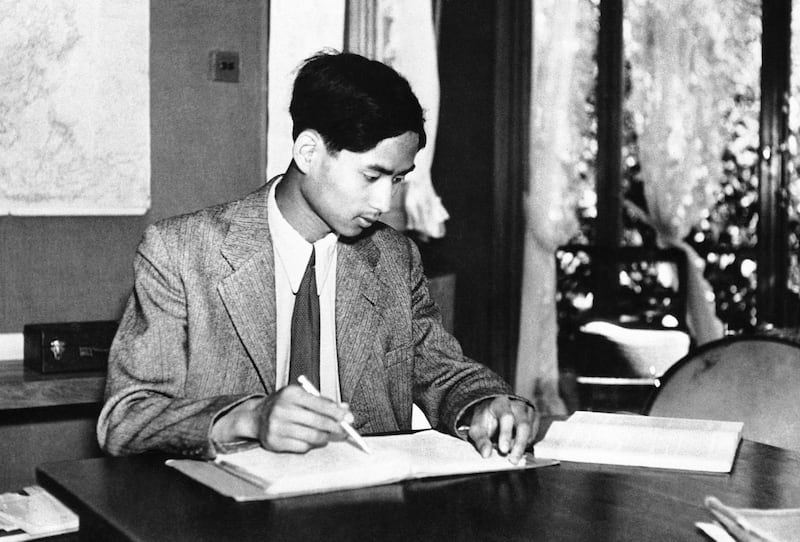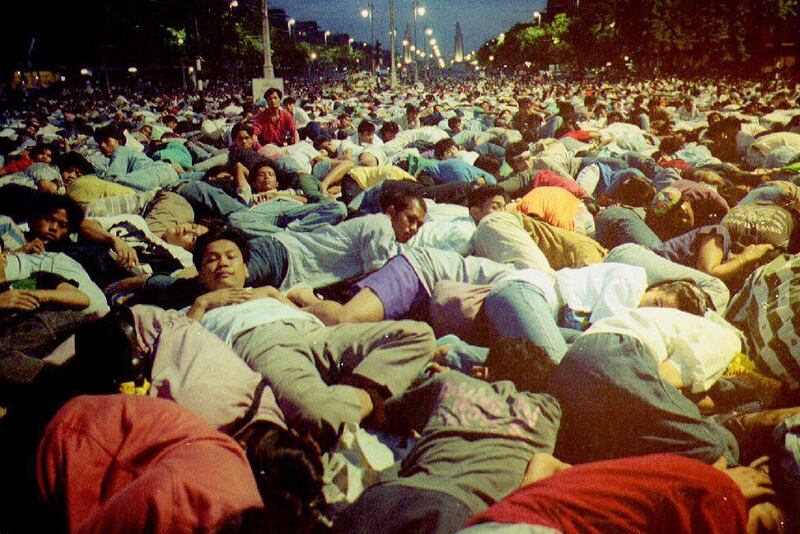A bloodless revolution in 1932 overthrew the king, ending absolute monarchy in Thailand. The event, headed by a group of men who referred to themselves as the “promoters,” occurred on June 24.
Since then, Thailand has experienced a degree of political instability with several military interventions, 13 successful coups and about a dozen foiled ones, according to historian Charnvit Kasetsiri.
At the same time, Thailand has had 20 charters or constitutions. Most of them were the direct or indirect result of coups because, after each one, junta regimes would get rid of the previous constitution and adopt a new one.
Only two have been written by elected legislatures – the 1946 and 1997 constitutions. Appointed legislatures or executives with absolute or near-absolute power wrote the others.
Here are some of the most important events since 1932:
December 1932

December 1941

Japanese forces arrive in southern Thailand. After brief fighting and negotiations, Thailand becomes an ally of Japan, allowing Empire troops to advance toward the British-controlled Malay Peninsula and Burma. A year later, Thailand declares war on Britain and the United States.
June 1946

A single gunshot ends the life of King Ananda Mahidol, 20, in a mysterious incident in Bangkok’s Grand Palace. His younger brother, King Bhumibol Adulyadej, becomes monarch at 18. Prime Minister Pridi Banomyong, the civilian faction leader of the 1932 revolution, resigns starting decades of political upheaval.
November 1947
A military faction of the 1932 revolution led by Field Marshal Phin Choonhavan organizes a successful coup, replacing the Pridi-backed civilian government with a royalist supporter as prime minister. Sulak Sivaraksa, a Thai social critic and intellectual, described this coup as a major setback for Thailand’s democracy.
The coup solidifies the role of the Thai military in politics while the civilian faction of the revolution dissipates.
January 1957
A new Criminal Code introduces Lèse-Majesté laws against insulting the king, similar to the days of absolute monarchy, in addition to the existing crimes of threats or defamation.
September 1957

After allegedly rigged elections, unrest follows and an emergency is declared. Field Marshal Sarit Thanarat seizes power. A year later, he imposes military rule as democratic institutions are suspended and martial law is imposed. He is an ardent supporter of then-King Bhumibol.
November 1971
Field Marshal Thanom Kittikachorn, who succeeded Sarit when he died in 1963, launches a coup against his own government to suppress communists. He dissolves the parliament. Students start protesting for democracy.
October 1973

The popular uprising by Bangkok students become a watershed event in Thailand’s history, resulting in the fall of the ruling military dictatorship of Thanom. It also starts the growing influence of Thai university students in politics. At least 77 die in protest crackdown.
October 1976

An attempted military coup in February is defeated. But the return of Thanom to Thailand inspires protests by students who face a violent crackdown by police and right-wing paramilitaries. More than 100 are killed on one of the deadliest days in Thai politics.
Later that day, a military coup takes place. Students were labeled as communists who posed a threat to the monarchy.
April 1980
Prime Minister Gen. Prem Tinsulanonda announces amnesty for all members of the Communist Party of Thailand.
February 1991

Gen. Chatichai Choonhavan, leader of the first democratically elected government after 12 years of dictatorship, is ousted in a bloodless military coup.
May 1992

More than 50 unarmed protesters in Bangkok calling for democracy are massacred by soldiers during “Black May.” The king intervenes.
A period of democratic peace follows, resulting in the 1997 constitution drafted by a popularly elected Constitutional Drafting Assembly.
January 2001
Thailand holds general elections in accordance with the 1997 constitution. Billionaire businessman Thaksin Shinawatra is elected prime minister on a populist platform. He wins reelection in 2005.
September 2006
Thaksin’s government is overthrown by the army while he is attending the United Nations General Assembly in New York. It follows months of protests by yellow shirt royalists who accuse him of widespread corruption.
Thaksin is barred from political activity. He has since lived in self-imposed exile, except for a brief visit to Thailand in 2008.
March 2010

Red shirt activists, Thaksin’s rural and working-class supporters and urban liberal voters, start occupying central Bangkok. The occupation ends in a deadly crackdown by the state where at least 90 people are killed. A Thaksin-allied party wins elections in 2011 and Yingluck Shinawatra, his sister, becomes prime minister.
May 2014
The military seizes power after the constitutional court throws Yingluck out of office following mass protests. Army chief Gen. Prayuth Chan-o-cha takes over.
October 2016

King Bhumibol Adulyadej, the world’s longest-reigning monarch, dies at 88 after ruling for 70 years. He is succeeded by his son, King Maha Vajiralongkorn.
March 2019
Following the general election, Prayuth retains power as prime minister despite many critics saying the poll was rigged in his favor.
